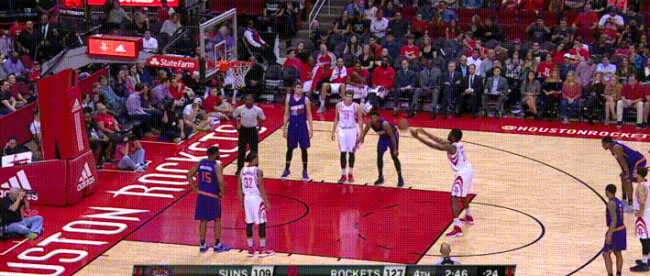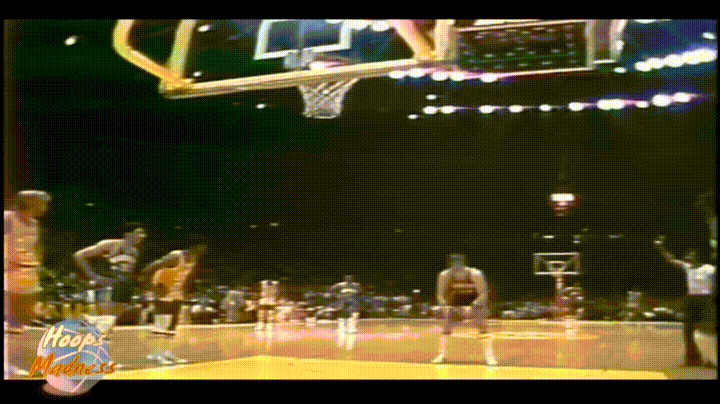How Pride Makes Basketball Players Worse

Rick Barry played professional basketball from 1965–1980, in both the NBA as well as the now-defunct ABA. When he wrapped up his career, his 87.93% free throw mark in the ABA was a league record, as was his 89.98% free throw mark in the NBA. The latter has since been bested, but it should go without saying that Barry is one of the game’s best shooters from the free throw line.
But Barry wasn’t just the best. He was also one of the weirdest. Most free throw shooters bring the ball above their shoulders (or even their heads), pivot their elbows backward, and then straighten their arms as they thrust the ball forward — and then, they release the ball. Barry, on the other hand, used an underhand shooting style often colloquially referred to as “granny style.” Take a look, below (full video here):

Barry’s style seemingly worked — the records speak for themselves. And he’s not alone in shooting this way. On December 26th of last year, Houston Rockets rookie center Chinanu Onuaku made his NBA debut. He took two free throws that day; this is one of them. And, take my word for it: the other looked basically the same.

The stats don’t lie — Barry’s style seems to work better than the more familiar one described toward the top. And, as Barry told writer Malcolm Gladwell for the latter’s podcast “Revisionist History” (adapted by “This America Life” here), the science makes sense, too. “From the physics standpoint,” said Barry,” it’s a much better way to shoot. Less things that can go wrong, less things that you have to worry about repeating properly in order for it to be successful.” You don’t have to take a former NBA player’s world for it, either. In 2008, Discover magazine asked Peter Brancazio, a physics professor who specialized in sports science, and he agreed: the 45-degree arc angle and the natural backspin both increase the odds of the ball going into the net, relative to the more common method.
And yet, those two free throws by Onuaku are the only two “granny style” ones — except perhaps by some made in jest — made by NBA players in years. Perhaps since Barry himself retired. The most notable exception occurred on March 2, 1962, when NBA superstar Wilt Chamberlain — a career 54.0% free throw shooter — decided to give it a try. Chamberlain hit 28 of his 32 free throws and, as many NBA fans already know, scored a record 100 points overall that game.
Chances are, shooting underhand is a much better strategy. So, why don’t more players use this free throw style? (And for that matter, why did Chamberlain give it up?) Most likely, because they’re too embarrassed, Barry and Gladwell both conclude — the power of social norms is simply too strong.
As a result, players give up a few points each game — and no one, from teammates and coaches to commentators and fans, seems to mind.
Bonus fact: Wilt Chamberlain had a direct impact on the rules of free throw shooting — the rules were re-written to account for his alleged talents. Before 1956, college basketball rules allowed free throw shooters to land in front of the free throw line, so long as they started their shot from behind the line and released the ball before landing. When rumors that Chamberlain could dunk from behind the free throw line surfaced, the NCAA changed their rules, per Wikipedia; players had to remain behind the line at all times.
From the Archives: Destined to Dunk: If you’re 7′ tall or taller, there’s a very good chance you’ll end up in the NBA.
Related: “Wilt, 1962: The Night of 100 Points and the Dawn of a New Era” by Gary M. Pomerantz. A look at Chamberlain’s incredible game on March 2nd of that year. 32 reviews averaging 4.8 stars.
